html
Temporomandibular Joint Disorder: A Patient’s True Experience and Recovery Guide
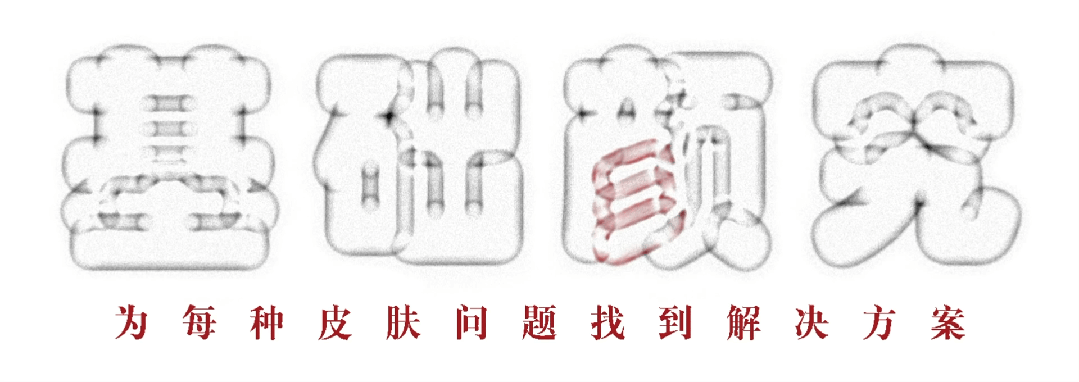
Your jaw health matters more than you think. A single dental issue can trigger a chain reaction affecting your entire craniofacial system. Discover how one patient navigated TMJ disorder symptoms, diagnosis, and recovery while maintaining oral function and quality of life.
1. Understanding Temporomandibular Joint Disorder (TMD)
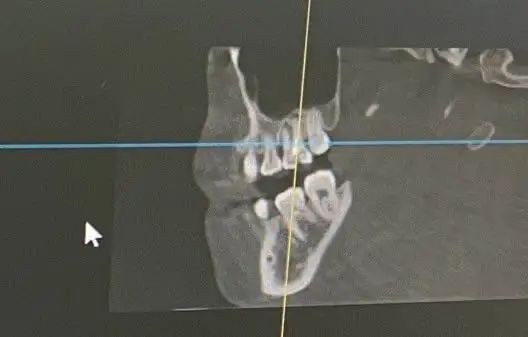
The temporomandibular joint (TMJ) acts as your body’s most frequently used hinge, enabling essential functions like speech and eating. When this complex joint system malfunctions, it creates a cascade of symptoms collectively known as TMD.
Common Symptoms Checklist:
- Audible joint popping/clicking during movement
- Localized pain radiating to temples or ears
- Limited jaw opening (< 2 finger widths)
- Headaches originating from jaw tension
- Ear fullness without infection
- Facial muscle fatigue
2. My Diagnostic Odyssey: From Confusion to Clarity
Stage 1: Rehabilitation Attempt
Initial physiotherapy provided temporary relief but required frequent hospital visits. Infrared therapy and electrical muscle stimulation showed limited durability.
Stage 2: Specialist Breakthrough
MRI revealed bilateral TMJ disc displacement. Critical distinction: No permanent joint damage detected. Emphasizes need for differential diagnosis to rule out autoimmune conditions.
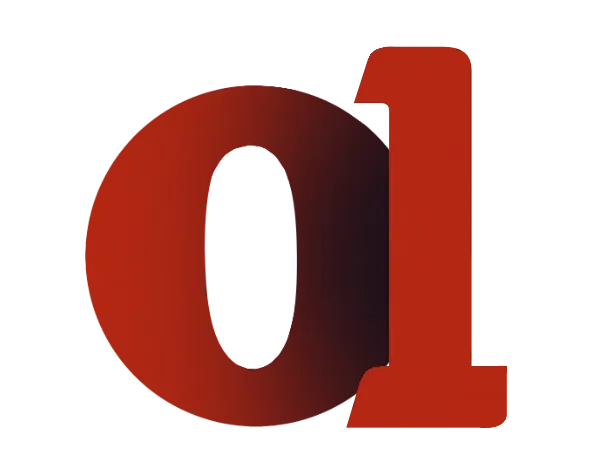
3. Medical Intervention Spectrum
3.1 Conservative Care Protocols
- Pharmacological: Short-term NSAIDs, hyaluronic acid injections
- Physical Therapy: Contrast hydrotherapy, ultrasound
- Orthodontic: Custom bite splints for alignment correction
3.2 Advanced Procedures
- Arthrocentesis: Minimally invasive joint lavage
- Manual reduction: Professional disc repositioning
3.3 Surgical Solutions
Reserved for severe cases: Arthroscopy or total joint replacement when conservative measures fail.
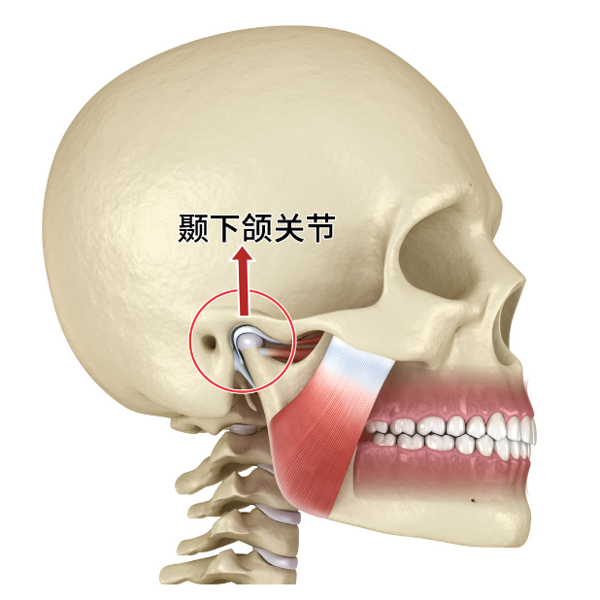
4. Daily Habit Overhaul for Joint Health
-
Dietary Adjustments
Avoid nuts, hard candies. Opt for soft foods. Even distribution of chewing forces critical.
-
Muscle Relaxation Techniques
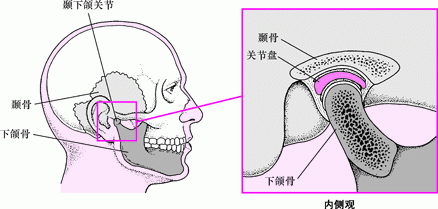
Hot/cold therapy: 15-minute sessions. Self-massage targeting masseter and temporal muscles.
-
Postural Awareness
Avoid chin-resting, prolonged screen-staring. Ergonomic workstation setup essential.
-
Sleep Optimization
Supine position with cervical pillow support. Discourage side/stomach sleeping.
-
Functional Exercises
Controlled jaw opening exercises. Resistive training using gentle chin pressure.
5. Danger Zone: Habits Harming Your Jaw
Avoid These Behaviors:
- Using teeth as tools (bottle openers)
- Excessive gum chewing (>1 hour daily)
- Ignoring dental misalignment issues
6. Emergency Warning Signs
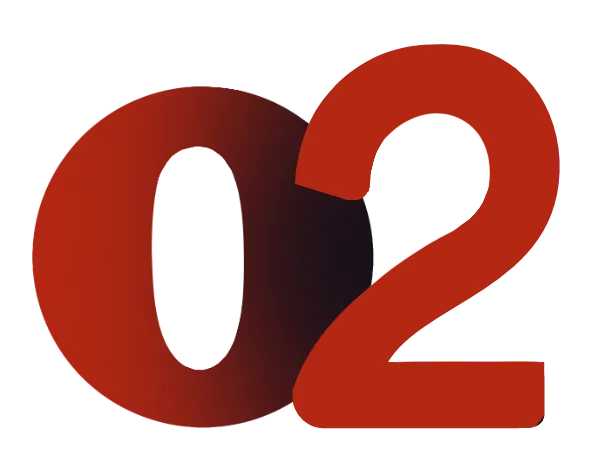
Seek immediate care if experiencing:
- Complete jaw locking
- Severe pain with swelling
- Neurological symptoms (tinnitus, vision changes)
